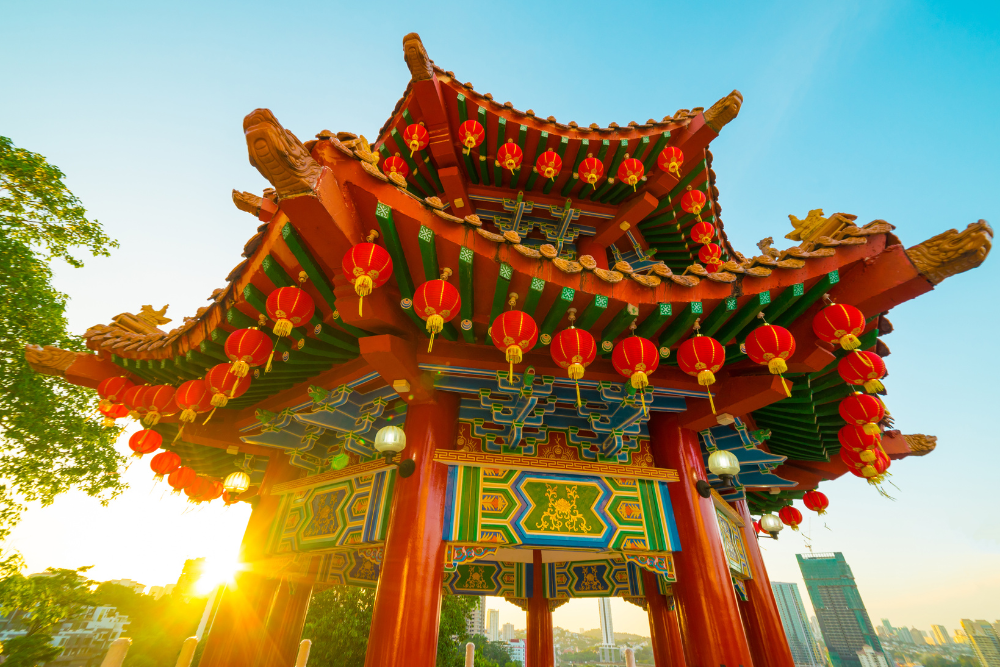Malaysia is a vibrant tapestry of cultures, languages, and traditions, making it one of the most fascinating countries to explore. This diversity is beautifully reflected in its festivals, which are celebrated with great enthusiasm and fervor throughout the year. From colorful parades and traditional rituals to culinary delights and cultural performances, Malaysia’s festivals offer a unique insight into the country’s rich heritage. In this blog, we’ll delve into some of the most significant festivals in Malaysia, highlighting their cultural importance and the experiences they offer to locals and visitors alike.
Why Festivals Matter in Malaysia
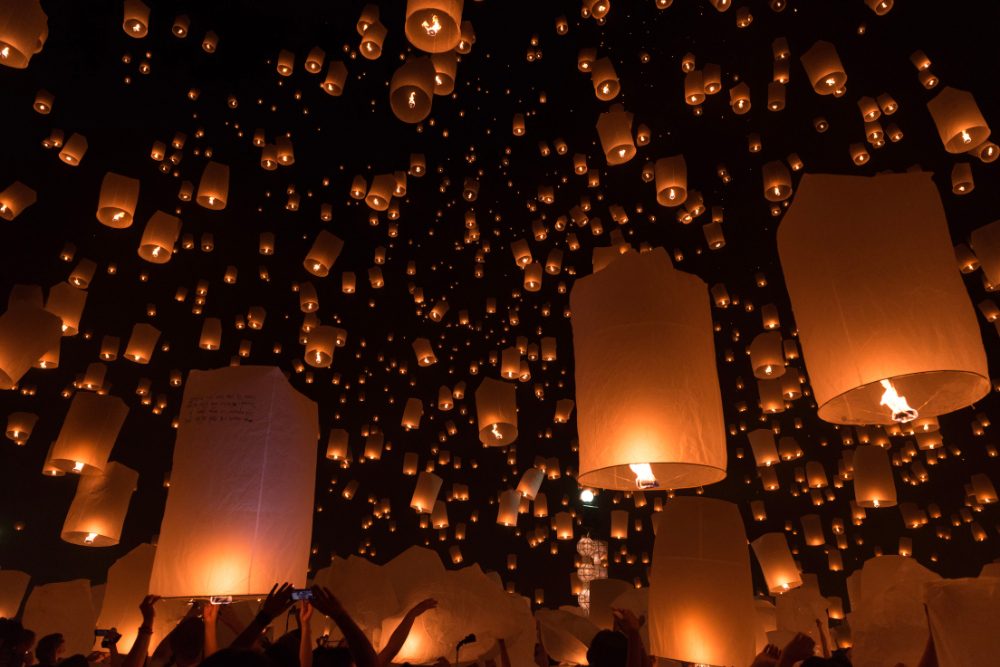
1. Cultural Representation
Each festival represents the unique traditions of the various ethnic groups in Malaysia, including Malays, Chinese, Indians, and indigenous communities. These celebrations serve as a reminder of the country’s harmonious coexistence of diverse cultures.
2. Community Bonding
Festivals are an opportunity for families and communities to come together, fostering unity and reinforcing social bonds. The sense of togetherness during these events is palpable and creates lasting memories.
3. Tourism and Economic Boost
Festivals attract tourists from around the world, boosting the local economy and promoting cultural exchange. They provide a platform for artisans, vendors, and performers to showcase their talents and products.
4. Culinary Experiences
Food is a central aspect of many festivals, offering visitors a chance to savor traditional dishes and specialties unique to each celebration.
Major Festivals in Malaysia
1. Hari Raya Aidilfitri (Eid al-Fitr)
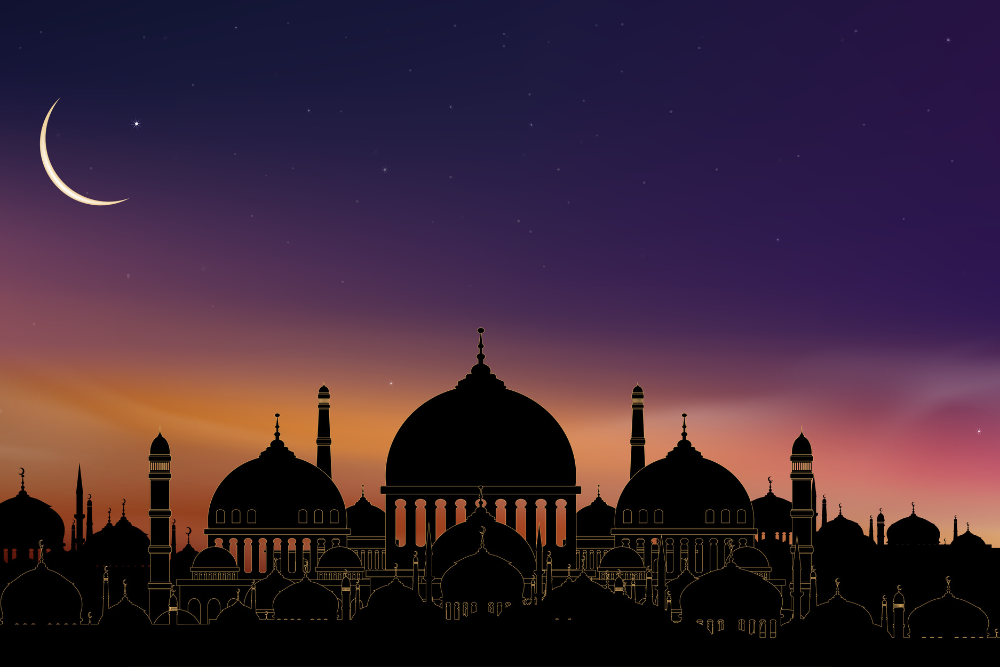
Overview
Hari Raya Aidilfitri marks the end of Ramadan, the holy month of fasting for Muslims. It is a time of celebration, forgiveness, and gratitude.
- When: The date varies based on the Islamic lunar calendar.
- Key Highlights:
- Open Houses: Malaysians often host open houses, inviting friends and family to enjoy festive meals.
- Traditional Attire: People dress in colorful baju kurung and baju Melayu, showcasing cultural pride.
- Festive Foods: Enjoy traditional dishes like ketupat (rice cakes), rendang (spicy meat dish), and various cookies.
2. Chinese New Year
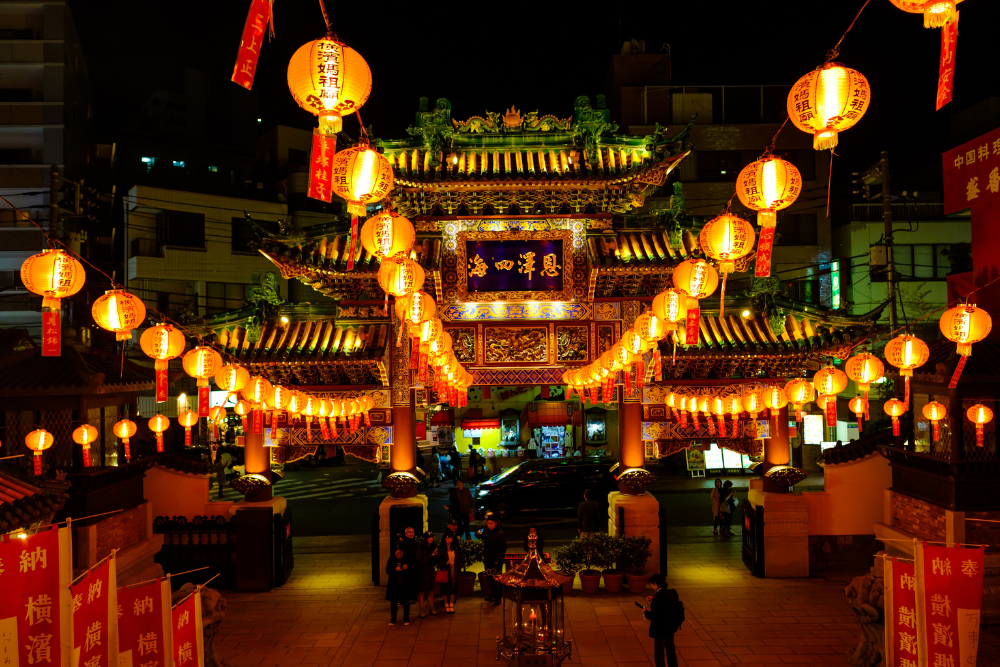
Overview
Chinese New Year is one of the most widely celebrated festivals in Malaysia, marking the beginning of the lunar new year. It symbolizes new beginnings and prosperity.
- When: Usually falls between January 21 and February 20.
- Key Highlights:
- Lion Dance: Colorful lion and dragon dances are performed in homes and public spaces to bring good luck.
- Family Reunion Dinners: Families come together for lavish feasts, featuring dishes like dumplings and yee sang (prosperity salad).
- Red Envelopes: Adults give red envelopes (angpow) filled with money to children as a symbol of good fortune.
3. Deepavali (Diwali)
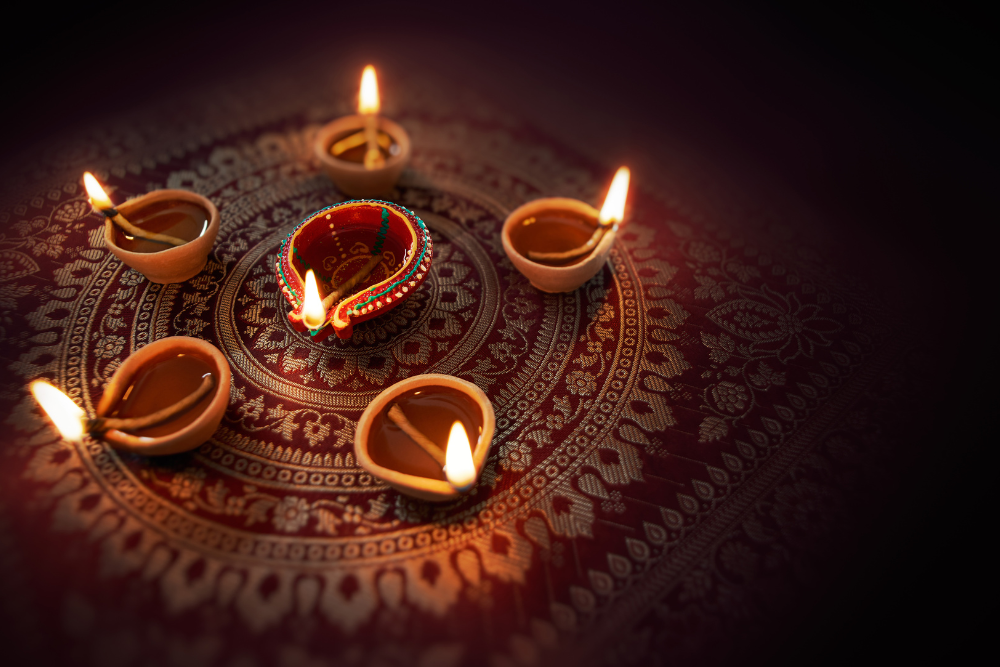
Overview
Deepavali, or the Festival of Lights, is celebrated by Hindus to symbolize the victory of light over darkness and good over evil.
- When: Usually falls in October or November, based on the Hindu calendar.
- Key Highlights:
- Rangoli: Colorful patterns made from rice, flour, and flower petals are created at homes to welcome guests.
- Lighting Oil Lamps: Homes are adorned with oil lamps (diyas) and colorful lights to signify the triumph of light.
- Delicious Sweets: Traditional sweets like laddu, murukku, and gulab jamun are prepared and shared with family and friends.
4. Gawai Dayak
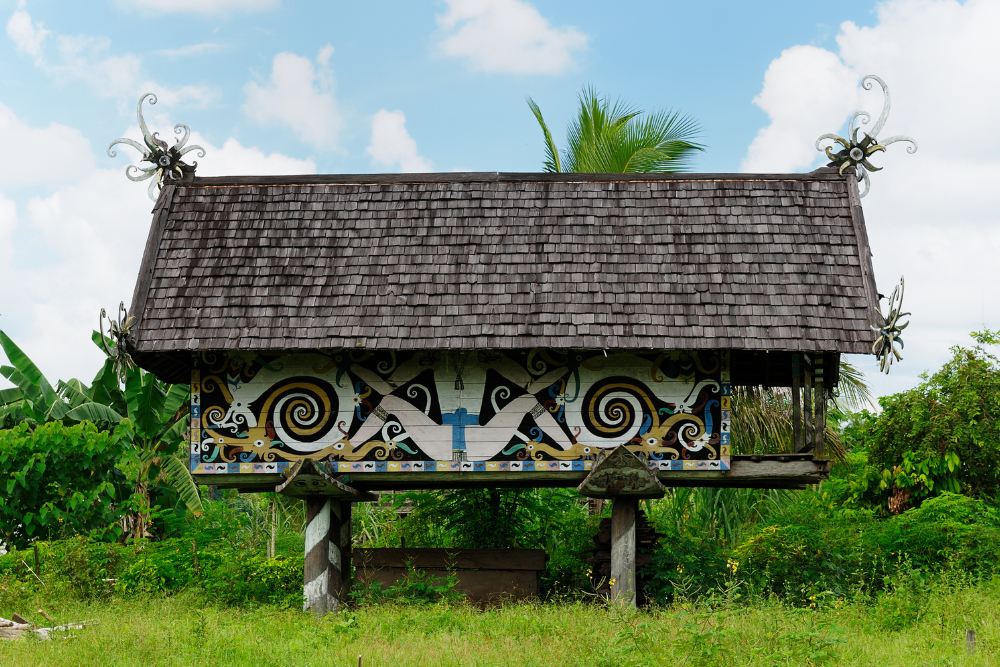
Overview
Gawai Dayak is a harvest festival celebrated by the Dayak people in Sarawak, marking the end of the rice harvest season.
- When: Celebrated on June 1 each year.
- Key Highlights:
- Traditional Rituals: The festival begins with rituals to thank the spirits for a bountiful harvest.
- Cultural Performances: Traditional dances, music, and storytelling reflect the rich cultural heritage of the Dayak community.
- Feasting: Families prepare a variety of traditional dishes, including rice wine (tuak) and lemang (glutinous rice).
5. Thaipusam
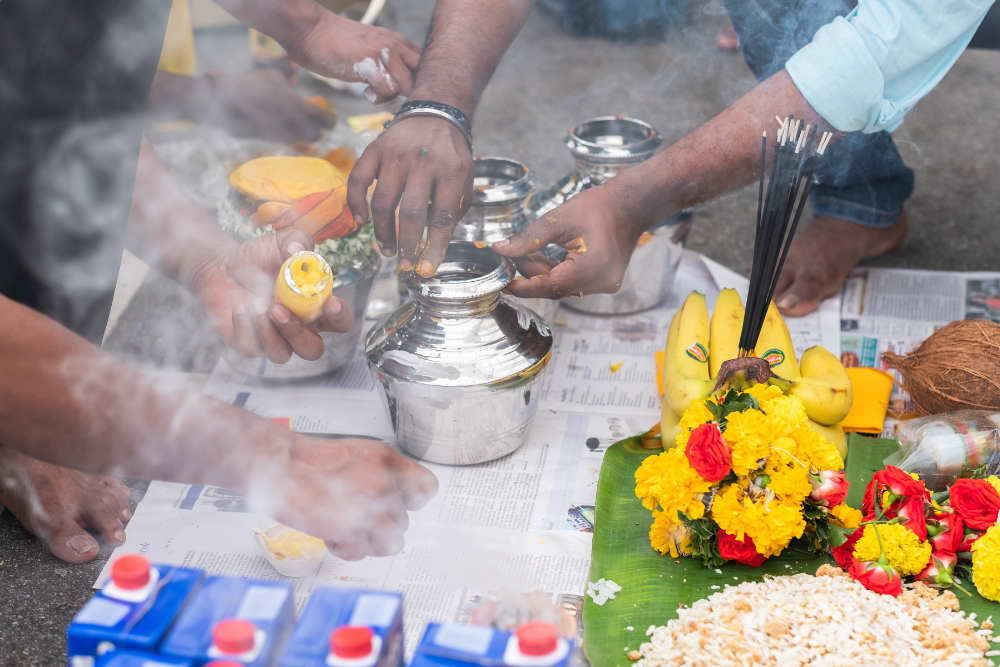
Overview
Thaipusam is a Hindu festival celebrated in honor of Lord Murugan, marked by devotees performing acts of penance.
- When: Falls in January or February, based on the Hindu calendar.
- Key Highlights:
- Kavadi Bearing: Devotees carry kavadis (ornate structures) as a form of penance, often decorated with flowers and feathers.
- Processions: Massive processions take place, particularly at Batu Caves in Selangor, attracting thousands of participants and spectators.
- Cultural Significance: The festival emphasizes devotion, sacrifice, and the triumph of good over evil.
6. Hari Gawai (Gawai Festival)
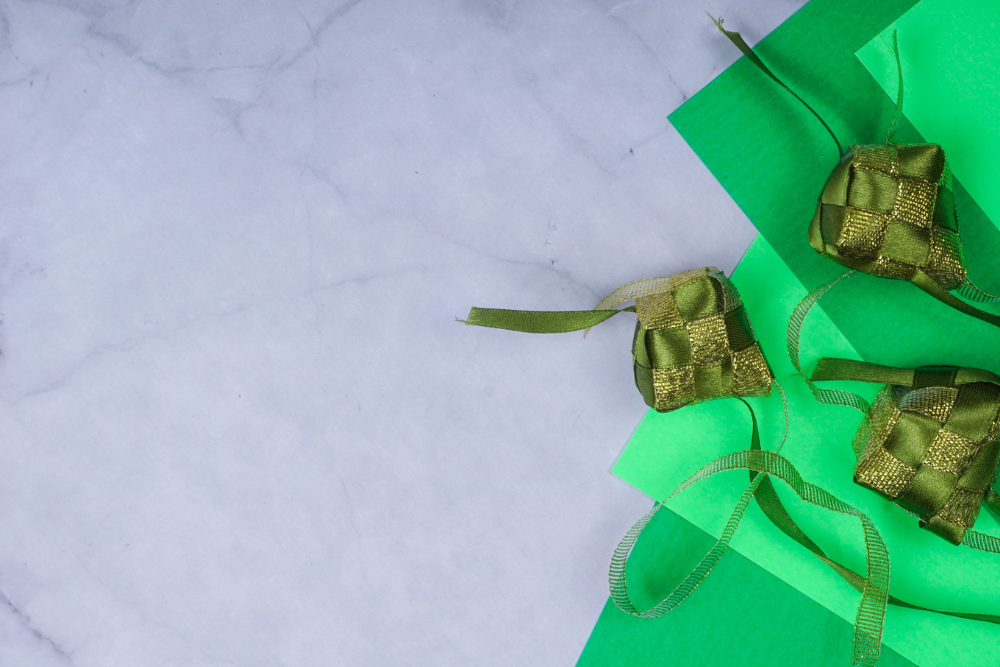
Overview
Hari Gawai, also known as the Gawai Festival, is celebrated by the Iban and Bidayuh communities in Sarawak. It marks the end of the rice harvest and the beginning of a new planting season.
- When: Celebrated on June 1 and 2 each year.
- Key Highlights:
- Rituals: Traditional rituals and ceremonies are conducted to honor the rice spirit and seek blessings for the new harvest.
- Cultural Dances: Traditional dances like the Ngajat are performed, showcasing the rich cultural heritage of the Dayak people.
- Feasting: Families prepare traditional dishes, including rice wine and local delicacies, to celebrate the occasion.
7. Pesta Kaamatan (Harvest Festival)
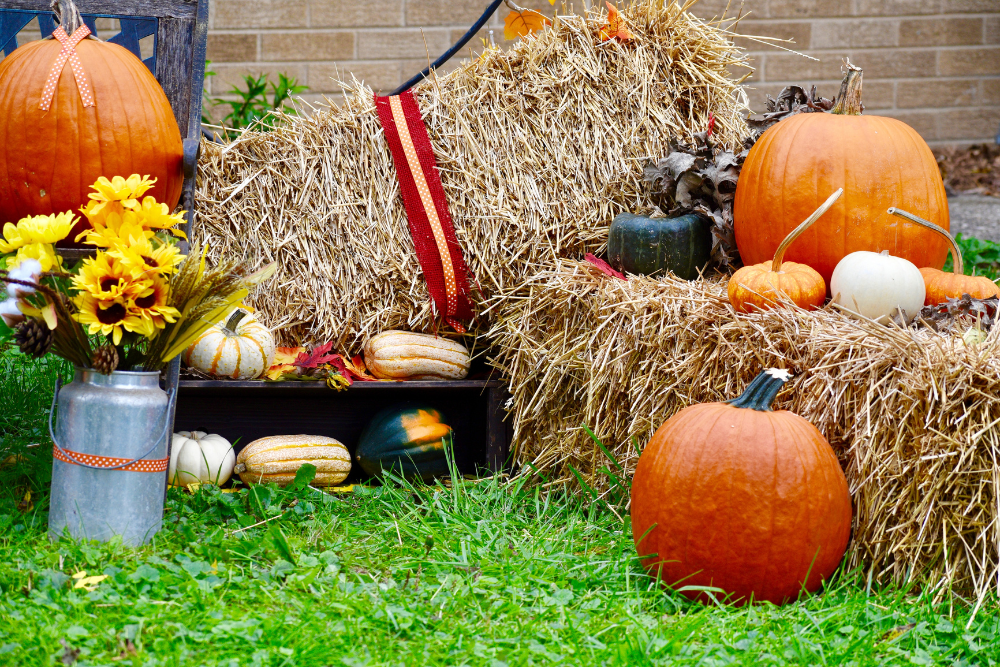
Overview
Pesta Kaamatan is a harvest festival celebrated by the Kadazan-Dusun community in Sabah, honoring the rice spirit and giving thanks for a bountiful harvest.
- When: Celebrated throughout May, with the main event on May 30 and 31.
- Key Highlights:
- Traditional Performances: Cultural performances, including traditional dances and songs, showcase the vibrant heritage of the Kadazan-Dusun community.
- Kadazan Cuisine: Visitors can enjoy traditional dishes like hinava (raw fish salad) and sumazau (a traditional dance).
- Rituals and Offerings: The festival includes rituals to honor the rice spirit and seek blessings for future harvests.
8. Merdeka Day (Independence Day)
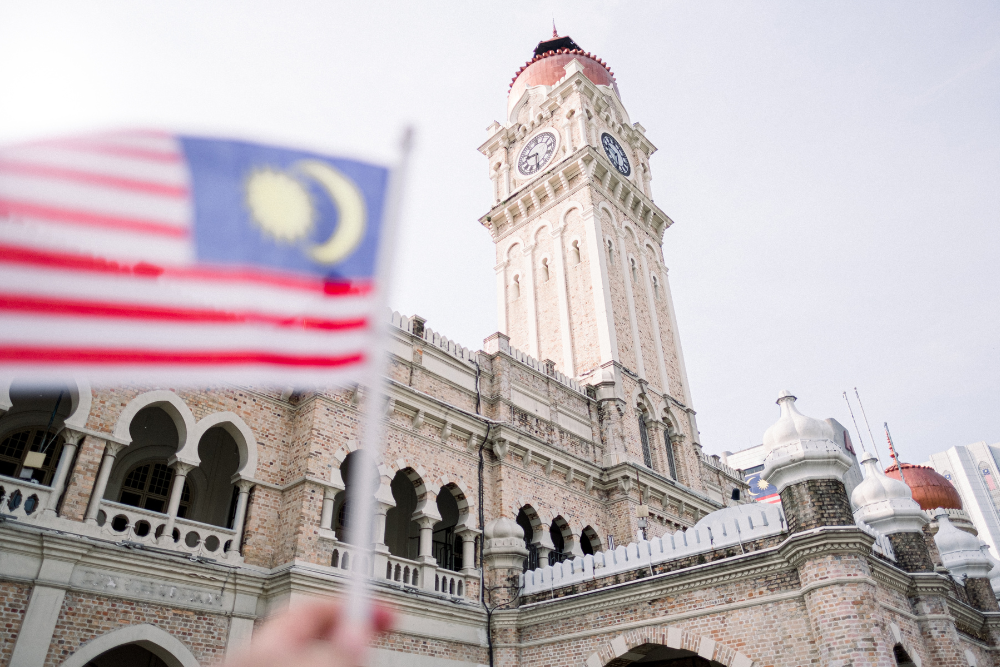
Overview
Merdeka Day celebrates Malaysia’s independence from British rule. It is a national holiday filled with patriotism and national pride.
- When: Celebrated on August 31 each year.
- Key Highlights:
- Parades: Colorful parades take place in major cities, featuring performances, floats, and cultural displays.
- Fireworks: Cities light up with fireworks in the evening, marking the celebration of independence.
- Community Events: Various events and activities promote national unity and cultural appreciation.
9. Christmas
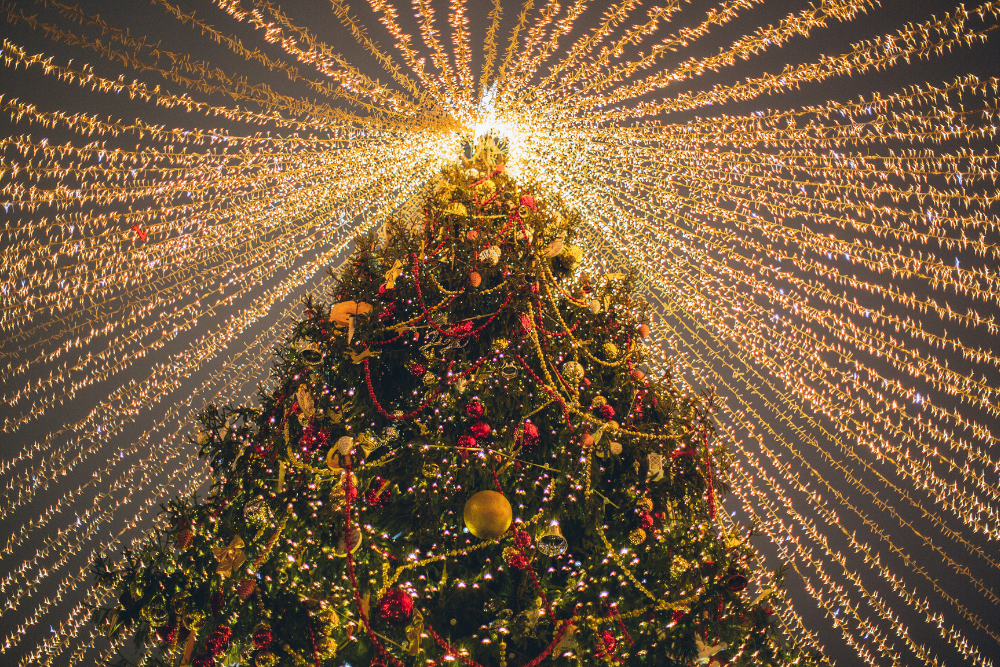
Overview
Christmas is celebrated by Christians across Malaysia, and it has become a festive occasion embraced by many Malaysians, regardless of their faith.
- When: Celebrated on December 25.
- Key Highlights:
- Decorations: Cities are adorned with festive lights, Christmas trees, and decorations.
- Festive Meals: Families gather for Christmas feasts, often featuring roasted meats, cakes, and traditional desserts.
- Caroling: Christmas carols and performances are common in communities, spreading holiday cheer.
Tips for Experiencing Festivals in Malaysia
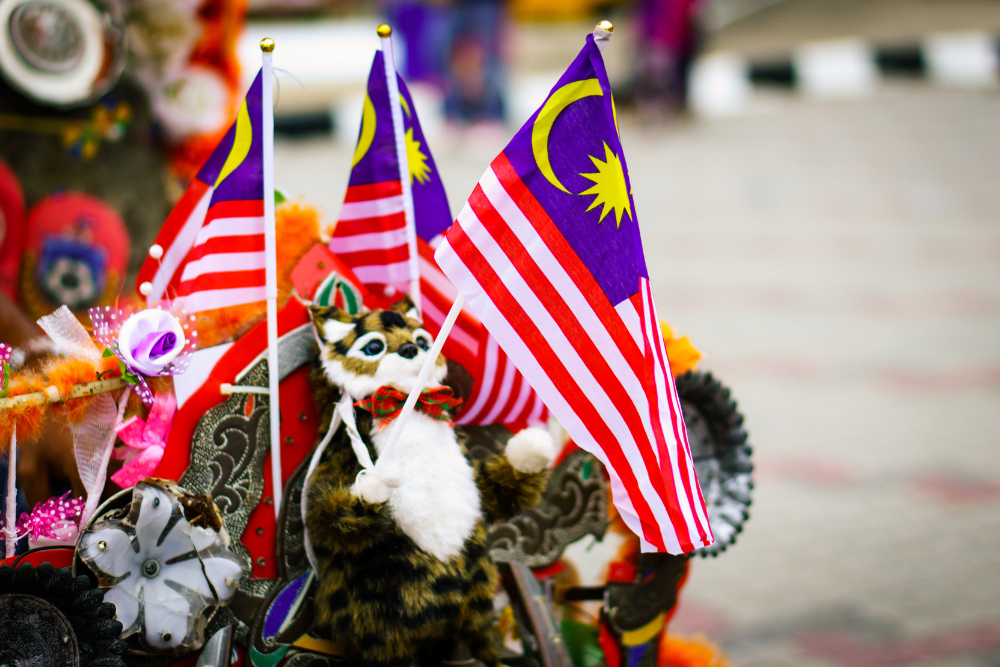
1. Plan Ahead
Festivals can attract large crowds, so planning your visit in advance will help ensure you don’t miss out on key events.
2. Participate Respectfully
Many festivals have cultural and religious significance. Be respectful of local customs and practices while participating.
3. Try the Local Cuisine
Festivals are a great opportunity to savor traditional dishes that are often specific to each celebration. Don’t miss out on trying local specialties.
4. Engage with Locals
Engage with local communities to learn more about the significance of each festival and their unique customs.
5. Capture the Moments
Bring your camera to capture the colorful parades, traditional performances, and delicious foods. Respect people’s privacy when taking photos, especially during religious ceremonies.
Conclusion
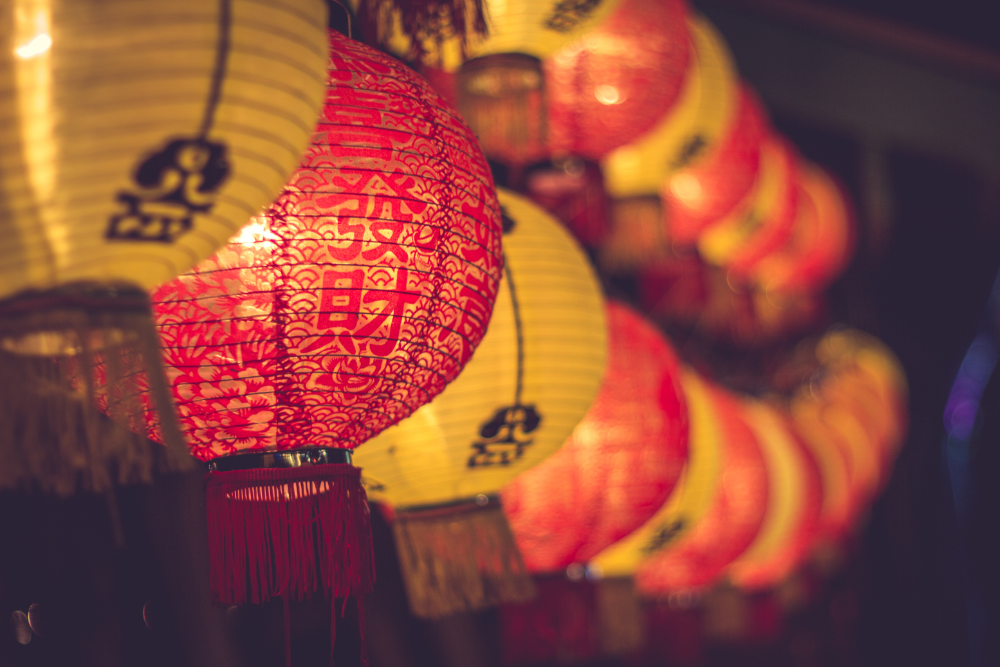
Malaysia’s festivals are a vibrant celebration of its rich cultural diversity and heritage. Each festival offers unique experiences, allowing visitors to immerse themselves in the traditions, flavors, and joy that define the nation. Whether you’re celebrating the exuberance of Chinese New Year or the solemnity of Hari Raya Aidilfitri, you’ll find warmth and hospitality in the heart of Malaysia. So, plan your visit to coincide with these festivals and witness the enchanting spirit of Malaysia!



